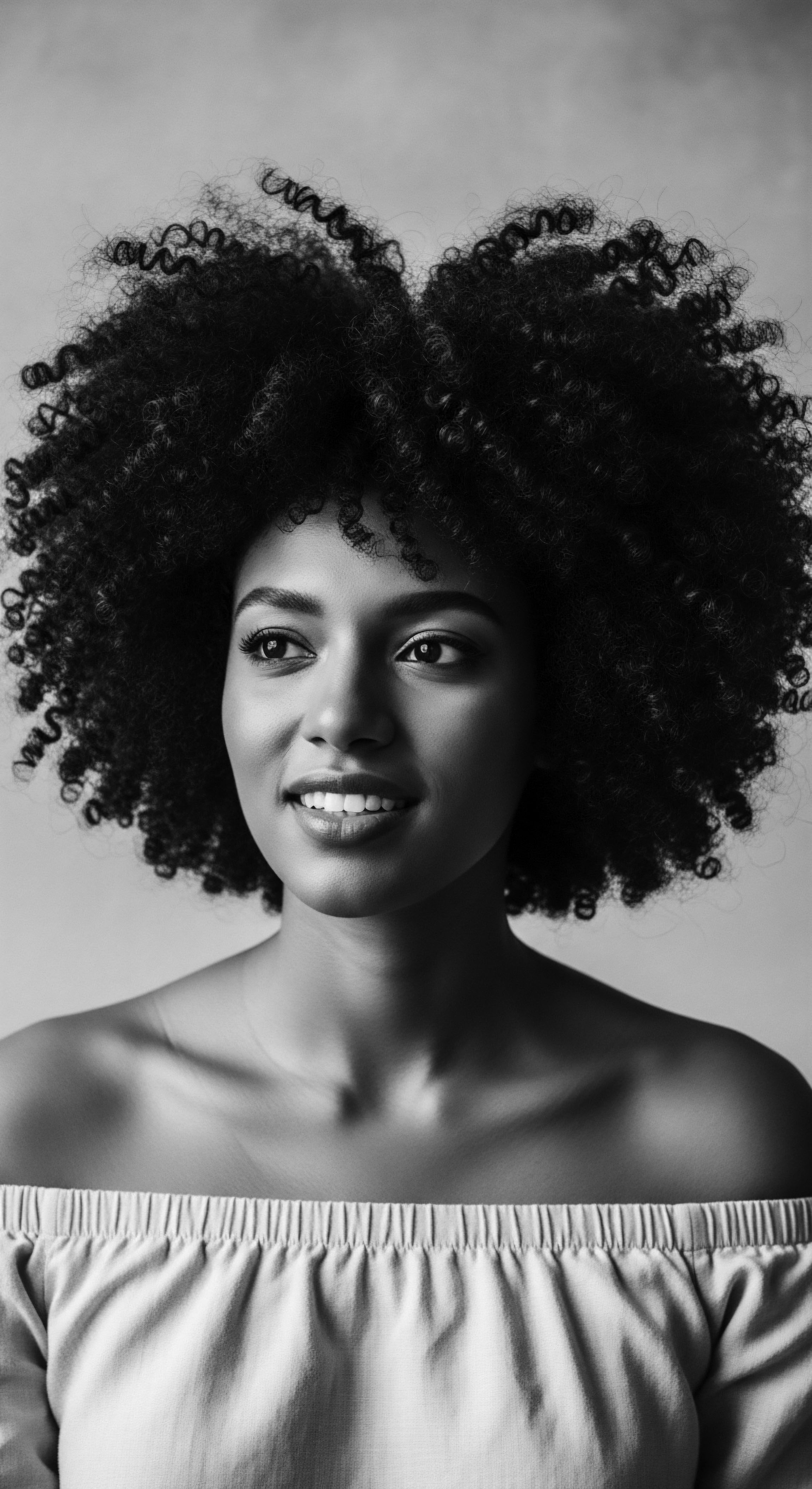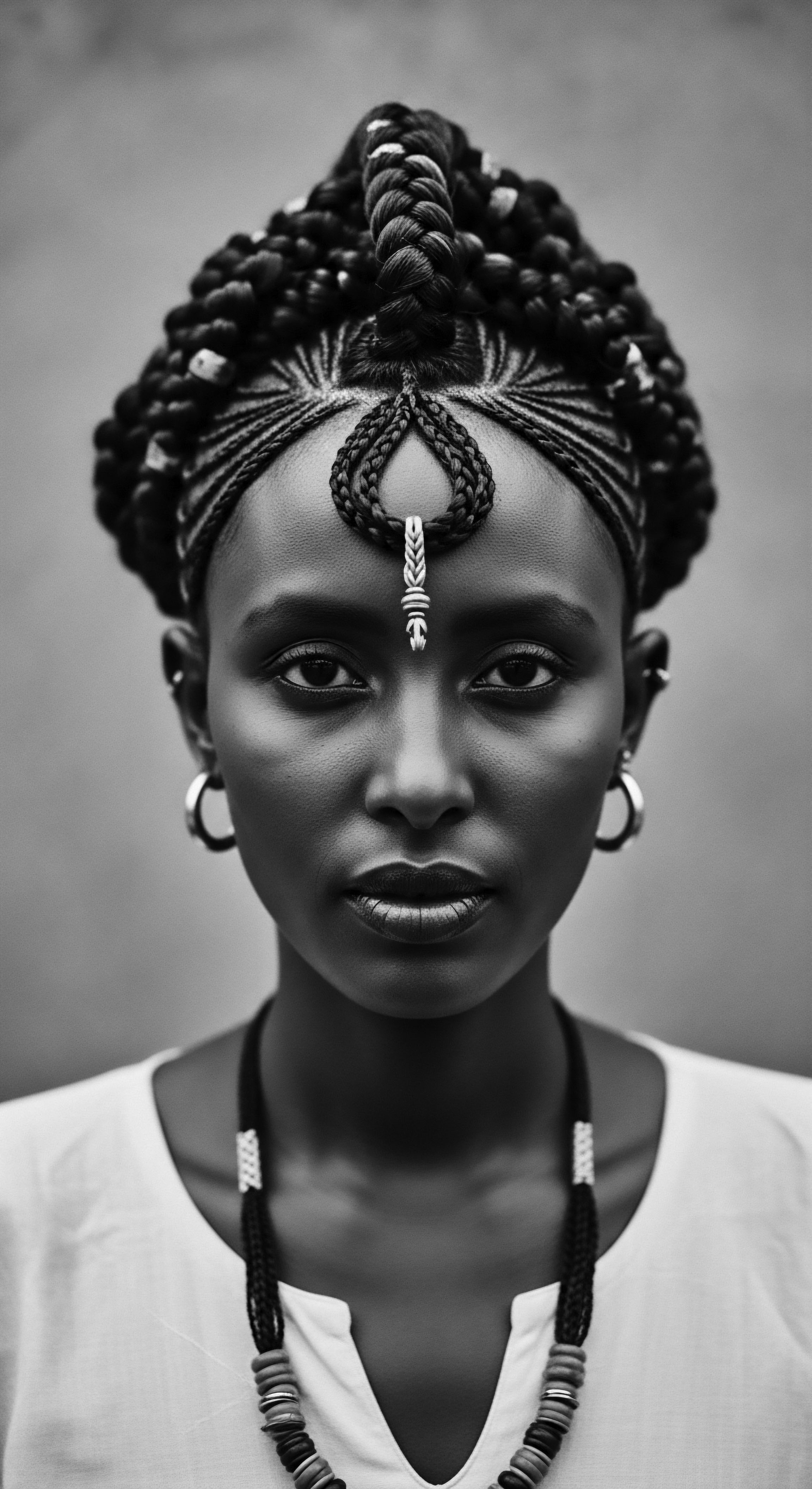
What plant oils nourished ancient textured hair in arid climates?
Ancient textured hair in arid climates was nourished by plant oils like argan, castor, and jojoba, preserving moisture and reflecting deep heritage.

In what ways do traditional oils bridge self-care with textured hair lineage?
Traditional oils bridge self-care with textured hair lineage by connecting modern practices to ancestral wisdom, affirming identity, and preserving cultural heritage.

How did ancestors oil textured hair?
Ancestors oiled textured hair using natural plant-based ingredients like shea butter and castor oil to condition, protect, and maintain its unique structure, embodying a profound heritage.

What ancestral practices shaped the use of natural hydrators for textured hair?
Ancestral practices for textured hair hydration are rooted in indigenous plants, forming a legacy of natural care.

How ancient practices moisturized textured hair?
Ancient practices moisturized textured hair through generations of plant-based emollients, protective styling, and holistic care rooted in cultural heritage.

Which ancestral plant oils nurtured textured hair?
Ancestral plant oils like shea, castor, and coconut were key to nurturing textured hair across diverse heritage traditions.

What ancient practices show oils’ protective qualities for textured hair?
Ancient practices reveal oils shield textured hair, connecting us to ancestral wisdom and enduring cultural care.

Why are natural oils good for textured hair moisture?
Natural oils deeply moisturize textured hair by mirroring ancestral practices, sealing in essential hydration and protecting against environmental challenges.

In what ways did indigenous practices validate textured hair’s resilience against solar damage?
Indigenous practices validated textured hair's solar resilience through inherent melanin, coiled structure, and specific plant-based applications deeply rooted in heritage.

Can ancestral oils improve textured hair elasticity?
Ancestral oils, through their unique composition and consistent application, improve textured hair elasticity by nourishing and fortifying its natural structure.

What ancestral techniques moisturized textured hair?
Ancestral techniques moisturized textured hair using natural emollients and water-based rinses, practices deeply rooted in heritage.

What scientific insights validate historical textured hair oiling rituals?
Historical textured hair oiling rituals are validated by science through their benefits for moisture, protein retention, and scalp health, honoring rich ancestral heritage.

Do plant-based oils aid textured hair protein retention?
Plant-based oils, particularly those that penetrate the hair shaft, aid textured hair protein retention by reducing hygral fatigue, a wisdom echoed across generations.

How did traditional ingredients moisturize textured hair?
Ancestral communities moisturized textured hair using natural emollients and humectants from plants, deeply rooted in cultural heritage.

What traditional ingredients are in textured hair formulations?
Traditional textured hair formulations primarily relied on natural oils, butters, herbs, and clays passed down through ancestral heritage.

What historical hair practices address moisture retention in textured hair?
Historical hair practices for moisture retention in textured hair centered on natural ingredients and protective styles rooted in ancestral wisdom.

What historical oils were central to textured hair health?
Historical oils like shea butter, castor oil, and coconut oil were central to textured hair health, deeply woven into ancestral care practices and cultural heritage.

Can ancient plant oils still benefit modern textured hair routines?
Ancient plant oils offer a profound connection to textured hair heritage, providing timeless benefits to modern routines.

What traditional ingredients protected textured hair overnight?
Ancestral practices for textured hair protection overnight often involved plant-based oils and butters, along with head coverings, deeply rooted in heritage.

What ancestral oils sustained textured hair health?
Ancestral oils, derived from plants like shea, coconut, and castor, sustained textured hair by providing deep moisture and protection, preserving its heritage.

What ancestral knowledge guided the use of natural emollients for textured hair?
Ancestral knowledge guided the use of natural emollients for textured hair through keen observation of botanical properties and deep cultural practices, fostering resilience and identity.

What ancestral plant oils hydrate textured hair?
Ancestral plant oils like shea, coconut, and castor deeply hydrate textured hair, continuing a heritage of cultural wisdom and resilience.

What ancestral oils nurtured textured hair?
Ancestral oils, derived from indigenous plants, deeply nurtured textured hair, embodying centuries of heritage and communal care.

How did ancestral practices with oils nourish textured hair heritage?
Ancestral oil practices nourished textured hair by providing vital moisture and protection, rooted in deep ecological and cultural heritage.

What traditional ingredients moisturized textured hair?
Ancestral practices moisturized textured hair with plant-derived butters and oils, deeply rooted in heritage for protection and nourishment.

Ethnobotanical Oils
Meaning ❉ Ethnobotanical Oils are plant extracts deeply rooted in cultural practices, offering ancestral nourishment for textured hair.

What ancestral oils deeply nourish textured hair?
Ancestral oils like shea, castor, and baobab deeply nourish textured hair, honoring centuries of Black and mixed-race heritage and care.

What ancestral oils moisturize textured hair?
Ancestral oils, sourced from diverse plant life, provided essential moisture and protection for textured hair, a practice deeply rooted in cultural heritage.

How does the biophysics of textured hair relate to traditional hydration methods?
The biophysics of textured hair inherently aligns with traditional hydration methods, echoing ancestral wisdom in preserving its unique moisture needs.

